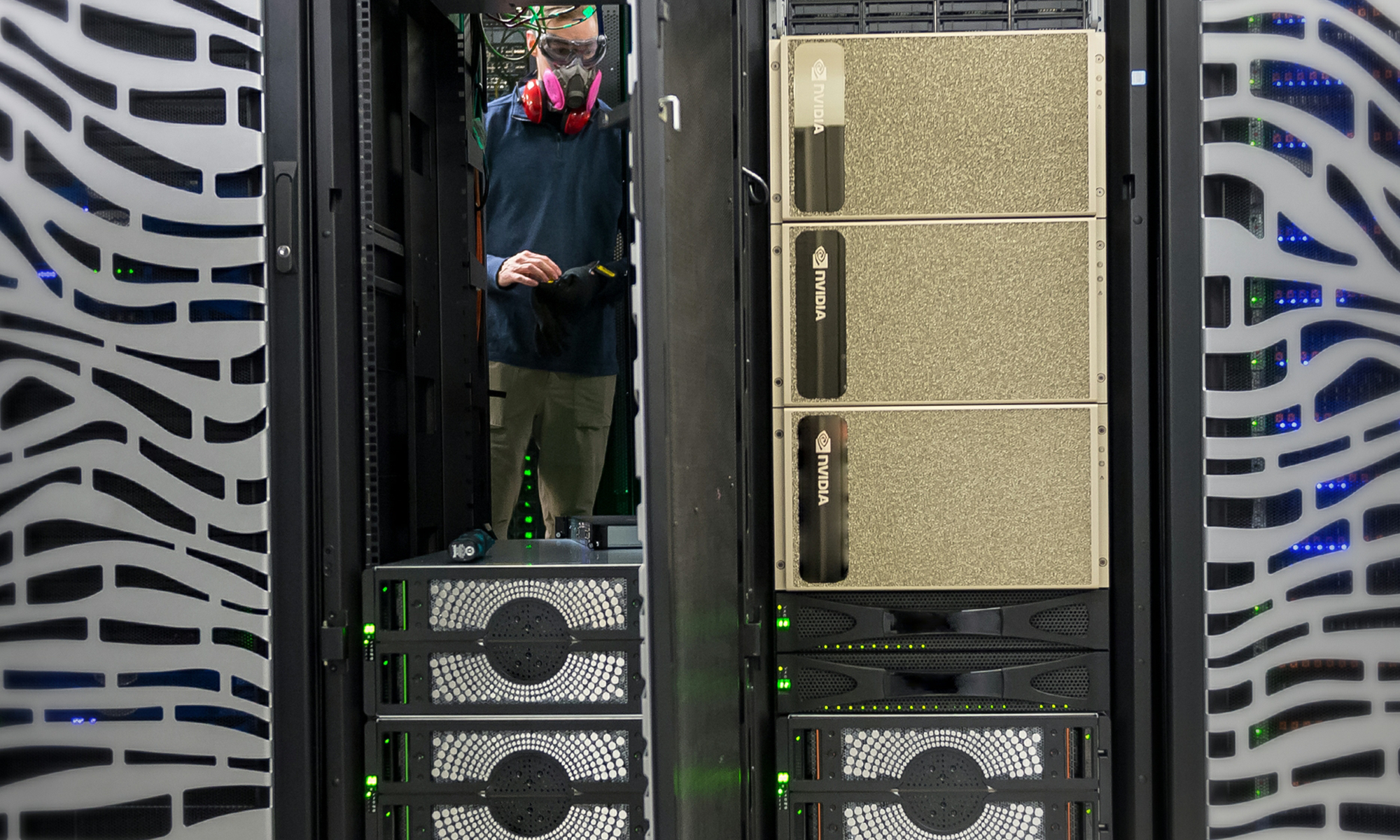Analysts were expecting graphics-giant NVIDIA (NVDA 0.10%) to report $2.36 billion in sales and $0.94 in earnings per share for its most recent quarter. As often seems to be the case for NVIDIA's earnings estimates, they didn't stand a chance: NVIDIA handily crushed expectations, delivering $2.64 billion in revenue and $1.33 in earnings per share.

Image source: NVIDIA.
Let's go over how each of NVIDIA's business segments -- gaming, professional visualization, data center, automotive, and OEM and IP -- did in the quarter.
Healthy growth in gaming
NVIDIA reported $1.56 billion in revenue from gaming applications, up 25% from a year ago. This mainly consists of sales of the company's gaming-focused GeForce GTX graphics processors, which go into gaming-focused desktop PCs, as well as into gaming notebook PCs, which are becoming increasingly popular. NVIDIA said in its CFO commentary published alongside its earnings results that the strength in its gaming business was led by "continued strong adoption of Pascal-based GeForce GTX gaming platforms."
NVIDIA first launched products based on its Pascal architecture in May of 2016 and has added more Pascal-based products to its GeForce GTX portfolio over the last 1 1/2 years. The most recent addition to the Pascal family was the GeForce GTX 1070 Ti, a product that's positioned between the GeForce GTX 1080 and GeForce GTX 1070 in the gaming desktop PC market.
At this point, it's safe to say that Pascal is far and away NVIDIA's most successful graphics architecture ever.
Datacenter business shines
While GeForce GTX graphics processors targeted at the gaming market represent NVIDIA's largest business in terms of revenue, the second largest (and fastest growing) is the company's data-center business. NVIDIA sells specialized graphics processors to data-center operators to accelerate key workloads like machine learning/artificial intelligence.
The company's data-center business reported another quarter of excellent growth, with revenue surging 109% year over year. This growth, according to NVIDIA, reflected shipments of products based on the company's new Volta architecture, which provides a significant performance and power-efficiency boost compared to the company's Pascal architecture.
"Datacenter growth was fueled by strong demand by hyperscale and cloud customers for deep learning training and accelerated GPU computing," NVIDIA said in its CFO commentary. NVIDIA also cited strong demand from high-performance computing (think supercomputers) customers, as well as for its DGX systems -- NVIDIA-built computers powered by NVIDIA processors targeted at deep-learning applications -- and "GRID virtualization platforms."
Growth elsewhere looks solid
Gaming and data center make up the bulk of NVIDIA's revenue, but it's also worth keeping tabs on the company's smaller business segments, too.
NVIDIA's professional visualization business, which sells graphics processors aimed primarily at the workstation market, saw revenue growth of 15% year over year, to $239 million. The company says that this growth was "led by high end mobile platforms."
NVIDIA's automotive business, which generates most of its revenue from sales of Tegra processors for in-vehicle infotainment systems, saw revenue grow 13% year over year, to $144 million. The business is the smallest of the company's business units, and the growth rate looks low compared to the growth that NVIDIA's other business units are enjoying, but double-digit revenue growth is still solid.

Image source: NVIDIA.
Finally, NVIDIA's OEM and IP business saw revenue of $191 million, up just 3% year over year. NVIDIA's OEM and IP business mainly consists of revenue from sales of non-gaming oriented graphics processors into the PC market, as well as sales of graphics processors aimed specifically at the cryptocurrency mining market.
Three-percent growth off a base of just $186 million isn't anything to get excited about, but at least this segment -- which had been in decline for quite a while -- is exhibiting some growth. However, I'd say that this is the segment that's also the riskiest in the quarters ahead. If the cryptocurrency mining rush fades, then NVIDIA could face tough year-over-year revenue comparisons.
Looking ahead
NVIIDA says that it expects revenue of $2.65 billion in the coming quarter, give or take 2%. At the midpoint of this range, NVIDIA is guiding to revenue growth of 22% year over year. This is certainly a deceleration from the extremely high growth rates that the company has seen in recent years, but that growth comes atop a much higher baseline.
Ahead of the report, analysts expected NVIDIA to guide to revenue of between $2.3 billion and $2.56 billion -- the average estimate was $2.43 billion -- so NVIDIA, once again, cruised past expectations. Well done, NVIDIA!






